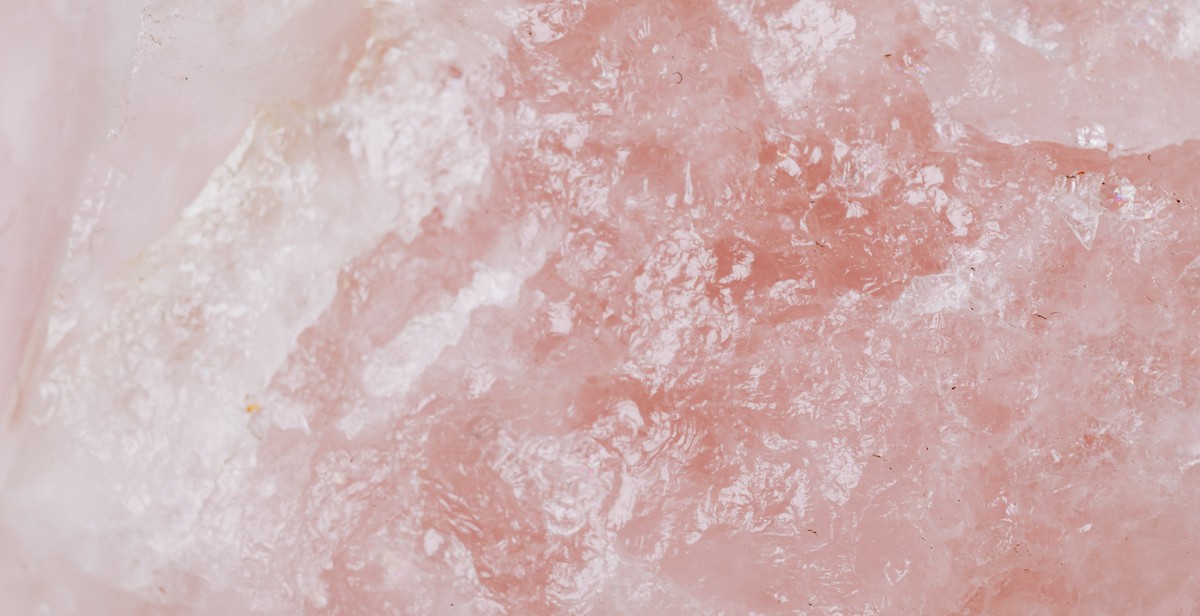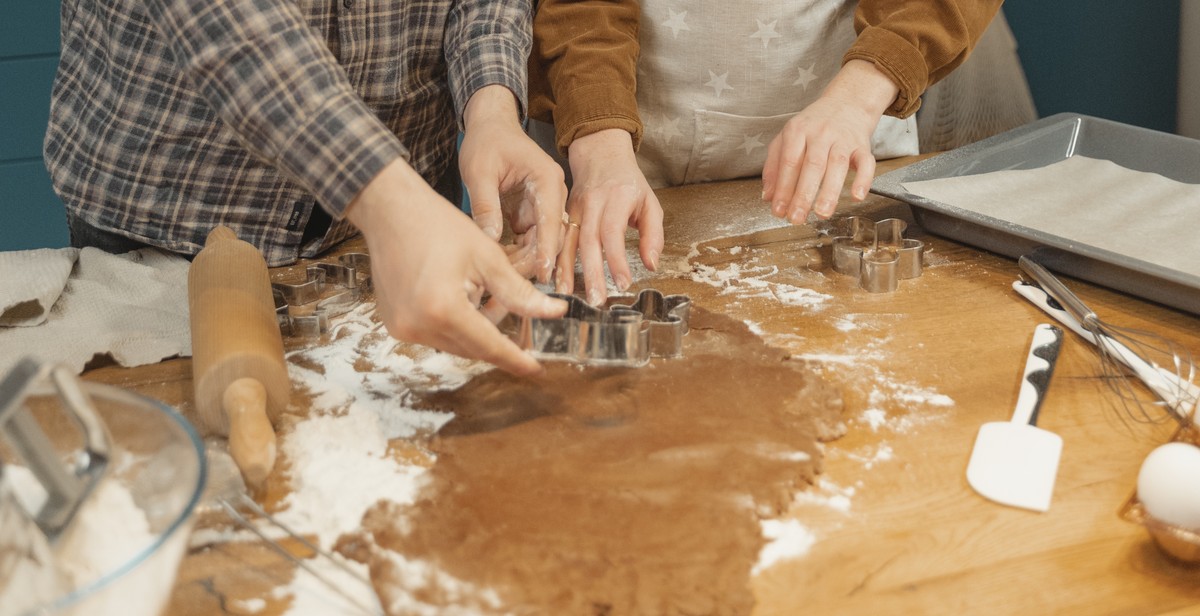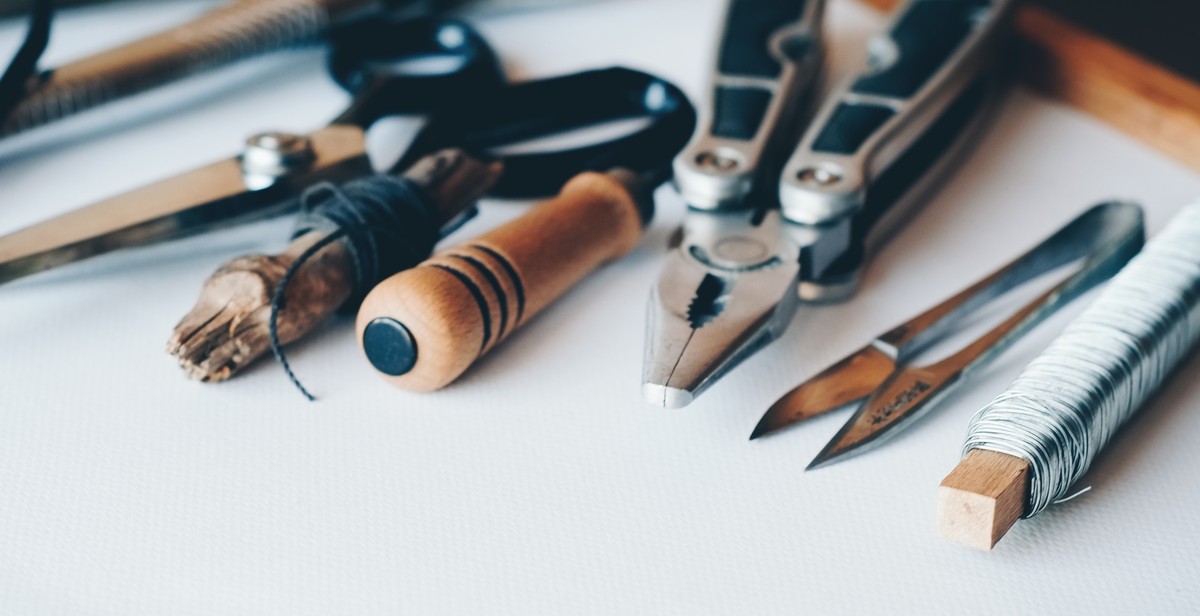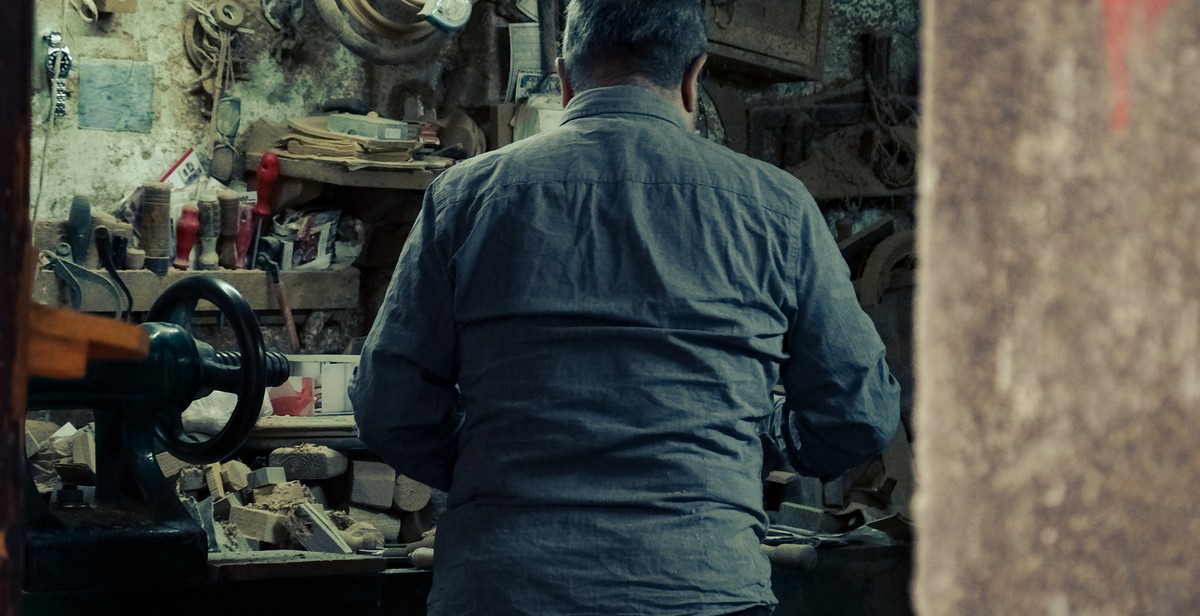The Art of Gem Cutting: Exploring the Different Techniques Used in the Industry
Gem cutting is an ancient art form that has been practiced for hundreds of years. It involves the process of transforming a rough, uncut gemstone into a beautiful, polished gemstone that is ready to be set into jewelry. The art of gem cutting requires skill, patience, and a deep understanding of the unique properties of each type of gemstone.
There are many different techniques used in the gem cutting industry, each designed to bring out the best in a particular type of gemstone. Some of the most popular techniques include faceting, cabochon cutting, and carving.
Faceting
Faceting is the most popular gem cutting technique and involves cutting a series of flat, polished surfaces onto the surface of a gemstone. The goal of faceting is to create a gemstone with a high level of brilliance and fire, which is achieved by cutting the gemstone at precise angles to reflect light in the most optimal way.
Cabochon Cutting
Cabochon cutting is another popular gem cutting technique that involves shaping a gemstone into a smooth, rounded dome with a flat base. This technique is often used for opaque gemstones, such as opals and turquoise, as it enhances their unique patterns and colors.
Carving
Carving is a more intricate gem cutting technique that involves sculpting a gemstone into a specific shape or design. This technique is often used for high-end gemstones, such as emeralds and rubies, as it allows for the creation of one-of-a-kind pieces that showcase the unique beauty of each gemstone.
Overall, the art of gem cutting is a fascinating and complex process that requires a great deal of skill and expertise. By using different techniques, gem cutters are able to transform rough, uncut gemstones into stunning works of art that are cherished by jewelry lovers around the world.

The Importance of Gem Cutting
Gem cutting is an essential process that enhances the beauty and value of gemstones. Raw gems are not always attractive or valuable in their natural state. Gem cutting is the process of transforming rough, unpolished gems into beautiful, sparkling stones that are highly sought after by consumers.
Enhances Gemstone’s Beauty
Gem cutting is an art that requires skill and precision. The way a gemstone is cut can greatly affect its overall appearance. The process of cutting and polishing a gemstone can bring out its natural beauty and brilliance. Gem cutters carefully study each stone to determine the best cut and shape to bring out its unique beauty. They consider factors such as the stone’s color, clarity, and overall shape.
There are many different cutting techniques used by gem cutters, each designed to enhance the stone’s beauty in a specific way. For example, a brilliant cut is designed to maximize a gemstone’s sparkle and fire, while a step cut is used to create clean, geometric lines that showcase the stone’s clarity and color.
Increases Gemstone’s Value
Gem cutting not only enhances a stone’s beauty but also increases its value. A well-cut gemstone is more desirable and valuable than a poorly cut one. The more attractive a gemstone is, the more people are willing to pay for it. Gem cutters play a crucial role in the gemstone industry by adding value to raw gems and making them more marketable.
Investing in gem cutting is a wise decision for anyone looking to increase the value of their gemstones. Gemstones that have been cut and polished by a skilled cutter are more likely to sell for a higher price than raw, uncut stones.
| Benefits of Gem Cutting |
|---|
| Enhances the beauty of gemstones |
| Increases the value of gemstones |
| Makes gemstones more marketable |

The Techniques of Gem Cutting
Gem cutting is a meticulous process that requires skill, precision, and patience. There are various techniques used in the industry to turn rough stones into stunning gems. Here are three of the most popular techniques:
Cabochon Cutting
Cabochon cutting is a technique that involves shaping the gemstone into a smooth, rounded dome. This technique is commonly used for opaque stones like turquoise, opal, and moonstone. The process involves grinding the stone into a shape that is suitable for the desired design, followed by polishing to give it a smooth and glossy finish. Cabochon cutting is ideal for showcasing the stone’s unique patterns and colors.
Faceting
Faceting is the most popular technique used in the gem cutting industry. It involves cutting and polishing flat, geometric shapes onto the surface of the stone. This technique is commonly used for transparent stones like diamonds, sapphires, and emeralds. The process involves cutting and polishing the stone’s facets to achieve maximum brilliance and sparkle. Faceting requires precision and skill, as even the slightest mistake can affect the stone’s value and appearance.
Tumbling
Tumbling is a technique used to give gemstones a smooth, polished surface. This technique is commonly used for small, rounded stones like agate, amethyst, and jasper. The process involves placing the stones in a rotating barrel with abrasive grit and water. The stones are tumbled for several days, gradually becoming smoother and more polished. Tumbling is an effective technique for producing large quantities of polished stones quickly.
| Technique | Stones Used | Process | Result |
|---|---|---|---|
| Cabochon Cutting | Opaque Stones | Grinding and Polishing into a Rounded Dome | Showcasing Stone’s Color and Pattern |
| Faceting | Transparent Stones | Cutting and Polishing Flat Geometric Shapes | Maximum Brilliance and Sparkle |
| Tumbling | Small, Rounded Stones | Placing Stones in Rotating Barrel with Abrasive Grit and Water | Smooth, Polished Surface |

Cabochon Cutting
Cabochon cutting is a gem cutting technique that involves shaping a gemstone into a smooth, rounded dome shape. This technique is often used on opaque or translucent gems, such as turquoise, opal, and moonstone, to showcase their unique colors and patterns.
How Cabochon Cutting is Done
The process of cabochon cutting involves several steps. First, the rough gemstone is selected and examined to determine the best way to cut it. The gem is then shaped into a preform, a rough outline of the final shape of the cabochon. This is done using a saw or a diamond blade.
Next, the preform is shaped into the desired cabochon shape using a cabochon machine. This machine has a spinning wheel that is coated with diamond grit, which is used to grind and shape the gemstone. The gem is held in place on the machine by a dop stick, which is a stick with wax on one end that is used to attach the gem to the machine.
Cabochon Cutting Tools
The primary tool used in cabochon cutting is the cabochon machine. This machine has various wheels with different grits that are used to shape and polish the gemstone. Other tools used in cabochon cutting include saws, diamond blades, and dop sticks.
In addition to the tools, cabochon cutters also need to have a good eye for detail and be able to visualize the final product. They also need to be skilled at using the cabochon machine to create the desired shape and finish on the gemstone.

Faceting
Faceting is the process of cutting and shaping gemstones to create facets or flat surfaces that reflect light and enhance the stone’s beauty. This process requires precision and expertise to produce the desired shape, size, and angles that will maximize the gemstone’s brilliance.
Faceting Process
The faceting process involves several steps that require specialized tools and equipment. The first step is to select a rough gemstone and analyze its properties, such as its shape, size, color, and clarity. This analysis helps the gem cutter determine the best way to cut the stone to maximize its value and beauty.
The next step is to shape the gemstone using a saw, which cuts the rough stone into a basic shape. Once the stone is shaped, the cutter uses a faceting machine to cut and polish the facets. The machine has a rotating lap that is coated with diamond abrasive, which grinds and polishes the facets at precise angles and shapes.
Faceting Tools
Faceting requires specialized tools and equipment, including:
- Diamond saws for cutting rough gemstones
- Faceting machines for cutting and polishing facets
- Diamond laps for grinding and polishing facets
- Dop sticks for holding the gemstone in place during the cutting process
- Loupes and microscopes for examining the stone and monitoring the cutting process
Skilled gem cutters use these tools and their expertise to create stunning gemstones that capture the eye and the imagination.
| Tool | Function |
|---|---|
| Diamond saws | Cut rough gemstones into basic shapes |
| Faceting machines | Cut and polish facets at precise angles and shapes |
| Diamond laps | Grind and polish facets to a high shine |
| Dop sticks | Hold the gemstone in place during cutting and polishing |
| Loupes and microscopes | Examine the stone and monitor the cutting process |

Tumbling
Tumbling is a technique used in the gem cutting industry to smooth and polish rough gemstones. It is a process that involves placing the rough stones in a rotating barrel with abrasive grit and water, and allowing it to tumble for an extended period.
Tumbling Process
The tumbling process involves four stages:
- Rough shaping: At this stage, the rough gemstones are placed in the barrel with coarse grit and water to remove any rough edges and shape them into the desired form.
- Medium smoothing: In this stage, the stones are tumbled with medium grit and water to further smooth the surface and remove any scratches or marks from the previous stage.
- Fine smoothing: The stones are then tumbled with a finer grit and water to achieve a smooth and polished surface.
- Burnishing: Finally, a polishing compound is added to the barrel to give the stones a high shine and luster.
Tumbling Tools
The tumbling process requires specific tools to ensure that the gemstones are correctly shaped and polished. These tools include:
- Tumbler barrel: This is a rotating barrel that holds the gemstones and the abrasive grit and water during the tumbling process.
- Abrasive grit: This is a coarse, medium, and fine grit used to shape and polish the gemstones during the tumbling process.
- Polishing compound: This is a substance added to the barrel during the burnishing stage to give the gemstones a high shine and luster.
- Water: Water is added to the tumbler barrel to help move the abrasive grit and polishing compound around the stones.
| Tumbling Stage | Grit Size |
|---|---|
| Rough Shaping | 60/90 mesh |
| Medium Smoothing | 220 mesh |
| Fine Smoothing | 600 mesh |
| Burnishing | Polishing Compound |

Conclusion
Gem cutting is an art that has been practiced for centuries. The techniques used in the industry have evolved over time, and today, there are numerous ways to cut and polish gems to enhance their beauty and value.
In this article, we have explored some of the most common gem cutting techniques used in the industry. From the traditional cabochon cut to the modern brilliant cut, each technique has its own unique features and benefits.
It is important to note that gem cutting is a highly skilled profession that requires years of training and experience. Gem cutters must have a deep understanding of the properties of each type of gemstone and the tools and techniques required to cut and polish them.
Whether you are a gem enthusiast or a jewelry designer, understanding the different gem cutting techniques can help you appreciate the beauty and value of these precious stones.
Overall, the art of gem cutting is a fascinating and intricate process that requires both technical skill and artistic vision. By exploring the different techniques used in the industry, we can gain a deeper appreciation for the beauty and complexity of these precious gems.

